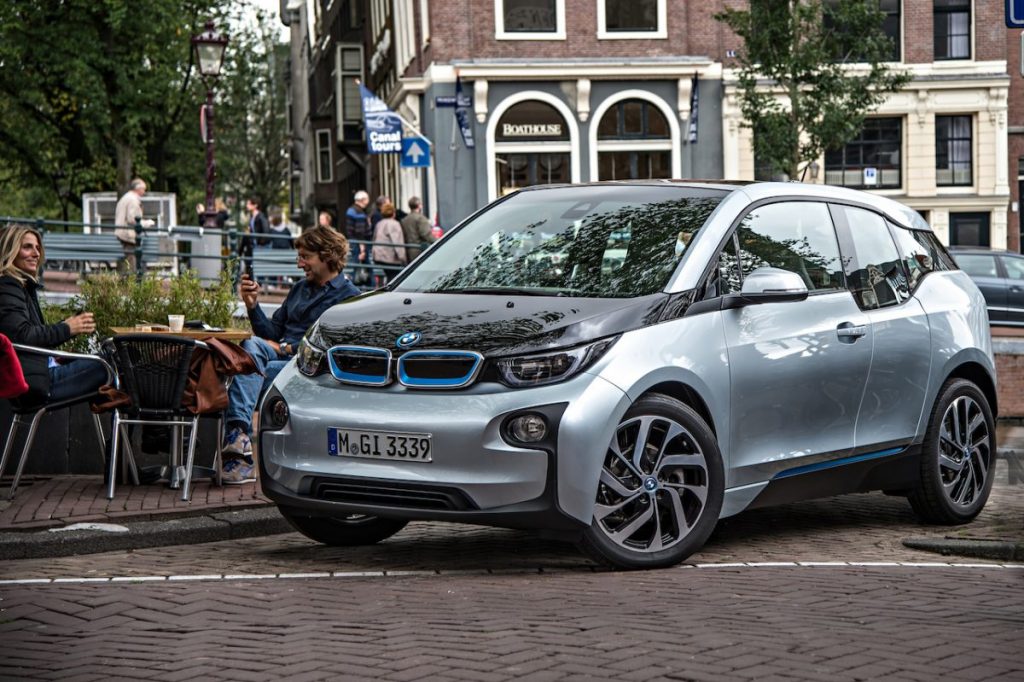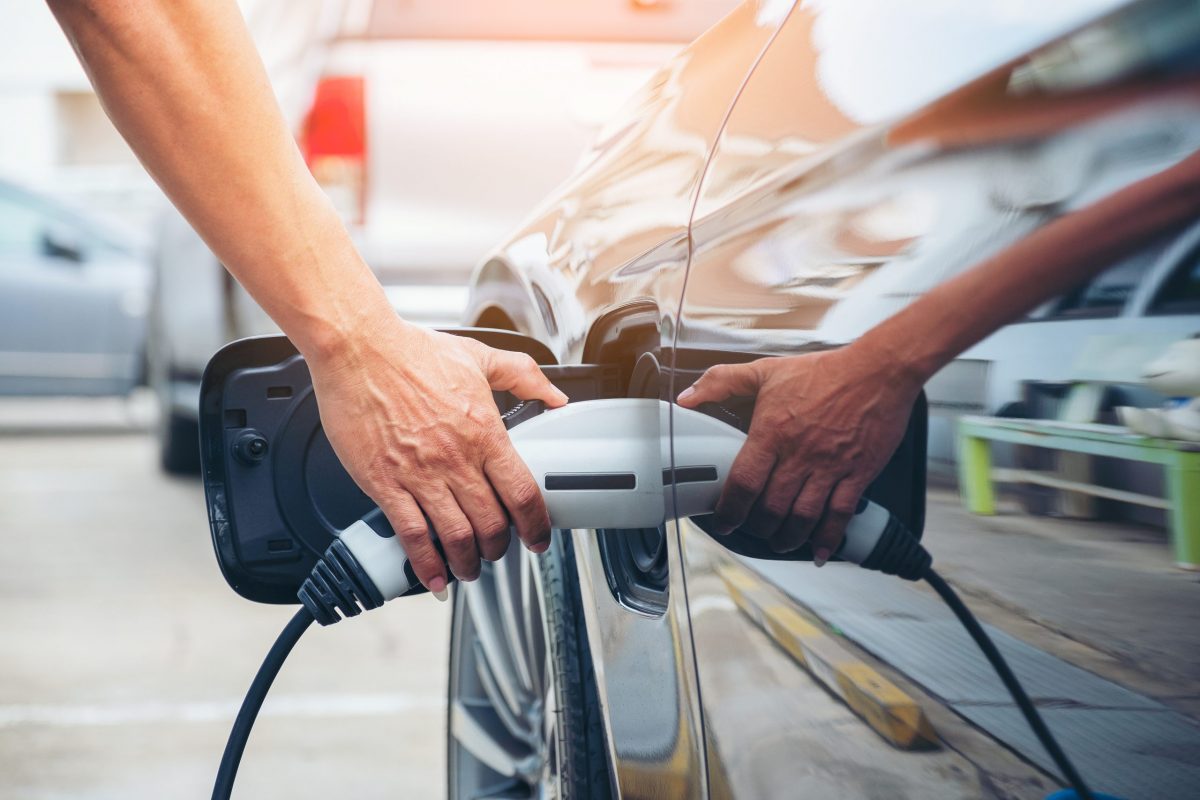Range extenders have never really captured the imagination of drivers, and outside of the Opel Ampera or BMW i3 few automakers have leveraged the technology in mass produced vehicles. But opportunities are arising with fully electric platforms as a new generation of clean range extenders becomes available. This means that rather than using an internal combustion engine (ICE) as a back-up, an electric vehicle (EV) will continue to qualify as fully zero emissions.
Bosal is a family-owned business that has operated for nearly a century and serves as a Tier 1 supplier to the industry’s major automakers. Developments are mostly driven out of its headquarters in Belgium, but the company has a global manufacturing and R&D presence. It believes that both micro gas turbine and solid-oxide fuel cell (SOFC) range extenders will find growing traction in the market as automakers look to eliminate range anxiety without breaking the bank.

When these new range extenders are paired with an EV platform, the resulting powertrain is vastly different to those of just a few years ago. Models such as the Ampera and i3 would offer zero emissions driving until the battery pack ran out—typically providing up to 50 miles of range—at which point the gasoline ICE would kick in as a battery power generator. These cars were propelled by the electric motor, but the energy was generated by the ICE which continued to create carbon emissions as the vehicle drives. Range extenders of this ilk were short-lived and were soon phased out.
“The first range extenders were based on platforms designed for ICEs, but automakers are now switching to EV platforms. This means the structure of the car is completely different and an ICE extender simply will not fit,” observes Ted Straten, Vice President of Technology for Bosal. “Our range extenders are designed for an EV platform. This means they are very compact and provide high power density, while also remaining cost effective.”
Compared with a traditional range extender, he adds, there is no expensive aftertreatment system required and far fewer moving parts. These solutions are also easier to build and integrate. Following the “failed success” of early range extender powertrains, Straten believes the technology has entered a new phase with “great opportunities ahead” for EV platforms.
Cut cost, extend range
Many EVs today now offer driving ranges that far exceed the daily or weekly requirements of most drivers. The demand for longer range stems from a fear of running out of charge on longer journeys, and this is where a range extender comes in.
It allows for a smaller battery pack to be used, catering to the shorter distances travelled day-to-day. But if a boost of extra range is needed—such as when going on holiday or a business trip—the range extender can be fuelled up and used. This means that rather than relying on the range extender, it is only engaged when needed. It also means that the underlying EV platform is cheaper, lighter and provides faster charging on a day-to-day basis.
Importantly, you can design the vehicle to offer 400km of driving range as usual
In Europe, says Straten, 95% of passenger cars travel less than 120km (75 miles) per day. “With this in mind, why would you install a battery pack that does 400km, 500km or even 600km?” he emphasises. All that extra range comes at a cost, and he is concerned this could have a detrimental effect on EV sales, particularly in entry-level segments where battery electric versions come at a significant premium to their gasoline or diesel counterparts. “A small car can be bought for €10,000 (US$11,815), but if you make it fully electric, it could retail at around €20,000,” says Straten. “This means that smaller mass market cars will become unaffordable, and this is a situation we want to avoid”
In simple terms, it is cheaper to add a range extender than it is to use a bigger battery pack, and long-distance driving can still be supported. In practice, the addition of a range extender can put an EV on par with a conventional gasoline or diesel car. Bosal even proposes that, in some applications such as small city cars, the size of the battery pack can be reduced to a quarter of its current capacity, perhaps cutting €6,000 to €7,000 off the vehicle’s retail price.
“Importantly, you can design the vehicle to offer 400km of driving range as usual,” explains Straten. “The first 150km will use the battery, and then the extra 250km can be supported by the range extender when needed. It can be filled up with fuel—be it hydrogen or any other alternative fuel—just like you would with a normal car.”
Broad applications
The two range extenders developed by Bosal cater to an array of different vehicle segments. Broadly speaking, the SOFC range extender may be best suited to larger passenger cars and heavy-duty vehicles, while the micro gas turbine may be better placed for more compact cars.

“The micro gas turbine is very compact and is a cheap system, but that comes with the drawback of reduced energy efficiency, at around 30%,” notes Straten. This means that only 30% of the energy that is used goes towards propulsion, whereas 70% is primarily lost through heat and friction. “But in the passenger car segment most drivers will rely on the EV battery first,” he continues, “and only use the range extender sparingly so it does not need high efficiency.”
With heavier vehicles, efficiency is of the utmost importance. A range extender for these applications will be slightly more expensive as a result, but this is acceptable to achieve greater energy efficiency. “In the commercial vehicle business, it is all about total cost of ownership, and that is where we see SOFC extenders playing a role,” says Straten. These fuel cell-based solutions run at around 60% energy efficiency at minimum, making them well-suited for heavy trucks and buses.
Both technologies are now commercially available and Bosal is already seeing strong interest, particularly in Europe with passenger cars and light commercial vehicles, and in markets such as Russia where EV range can be impacted by cold weather. Here, the waste heat from a range extender can be used to help heat the cabin and the battery pack. In the US, pick-up truck manufacturers are also considering range extenders, while in China demand is being driven by the heavy-duty sector.
“This kind of interest was not there a few years ago because automakers were focussed on building out their new EV platforms. But there is a second wave coming and manufacturers have realised that EVs are expensive,” concludes Straten. “We are now seeing renewed interest from OEMs on a global level.”



